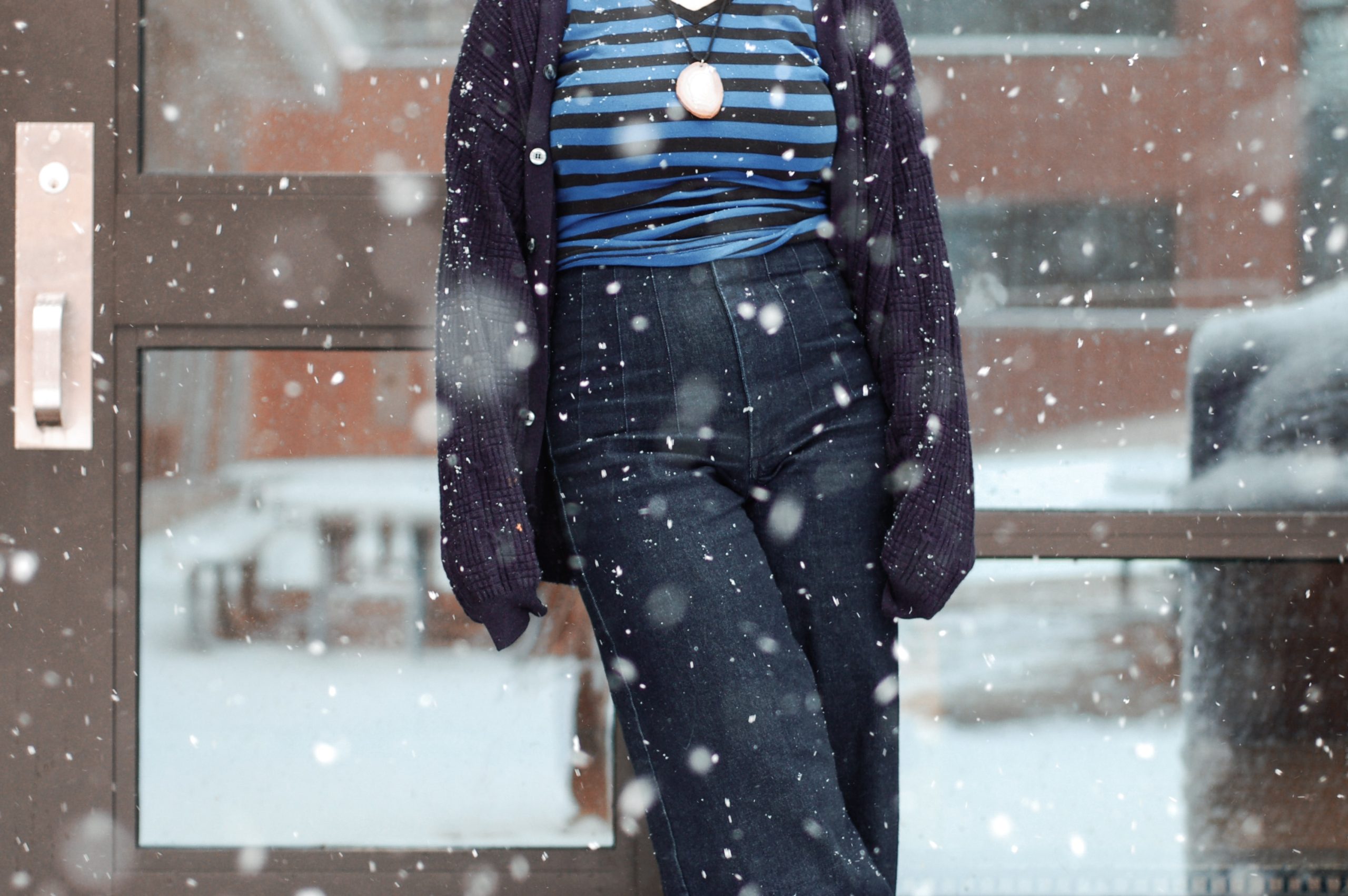Coping with the effects of Seasonal Affective Disorder
Coping with the effects of Seasonal Affective Disorder

If you have begun to feel uncontrollably and unexplainably sorrowful as the days become shorter, the darkness arrives earlier, and the weather becomes colder, then you may suffer from seasonal depression.
Seasonal affective disorder (SAD) is a type of depression that is related to changes in seasons, usually the colder months. Typically, symptoms of SAD begin in the fall and continue throughout the winter months.
SAD is caused by a number of factors, including the reduced level of sunlight people receive on a daily basis. Vitamin D deficiency has been repeatedly linked with symptoms of chronic depression.
Furthermore, this change is aggravated by a shift in people’s biological clock—their circadian rhythms—which is interrupted and confused by the shift in hours of sunlight due to daylight savings.
In addition, a drop in your serotonin and melatonin levels during this period adds an extra level of complication, as the lack of sunlight during this time can impact sleep patterns and moods, as well as trigger seasonal affective disorder.
It is understood that SAD affects two to three percent of the general population annually.
Furthermore, 13 to 17 percent of people who experience symptoms of SAD have a family member with the disorder, suggesting a possible genetic component.
It has also been shown that SAD is diagnosed more often in women than men, and disproportionately so in younger, as opposed to older, adults.
Symptoms of SAD include, and are not limited to, changes in weight and appetite; sleep problems; withdrawal from family, friends and interests; fatigue; trouble concentrating; and remembering and making decisions.
SAD symptoms typically improve when a new season arrives, often in the spring or summer. However, therapies such as medication and talk therapy may alleviate these symptoms during the winter months.
Another popular remedy for the winter blues is light therapy. Many people with SAD are helped by exposure to bright, artificial light, which uses a type of lamp that mimics natural light. Light therapy can shift the brain’s chemical levels such as serotonin and melatonin, which influence mood and sleep patterns.
The HappyLight is an example of a lamp that provides LED light to help people with seasonal depression.
Increasing exercise and spending more time outdoors may also help to reduce symptoms of SAD.
It can be easy to lock ourselves away during the colder months, turn out the lights and resort to Netflix and Skip the Dishes to avoid the cold and darkness, but we shouldn’t allow ourselves to succumb to it if we don’t have to.
Keep in touch with our news & offers
Subscribe to Our Newsletter
Thank you for subscribing to the newsletter.
Oops. Something went wrong. Please try again later.






